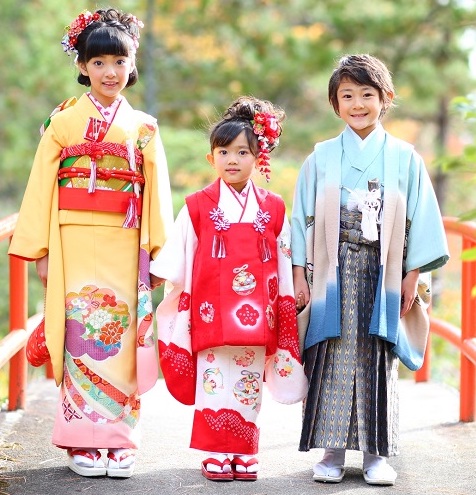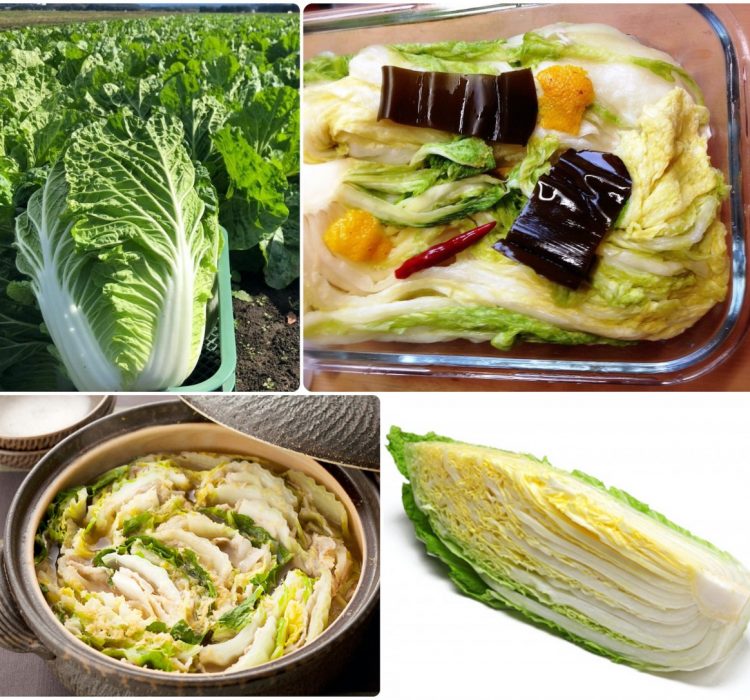
Feb.07
Elizabeth Andoh: A Taste of Culture – Hakusai 白菜
Feb.07
Walk in to any supermarket in Japan in January and you’ll find compact wedges and bulbous whole heads of HAKUSAI (Chinese cabbage; B. rapa ssp. Pekinensis). Most Asian groceries throughout the world sell hakusai in the winter. I hope you’ll buy some and join me in making pickles, soups, nabé and more. After buying hakusai, wrap whatever portion you won’t be using immediately…
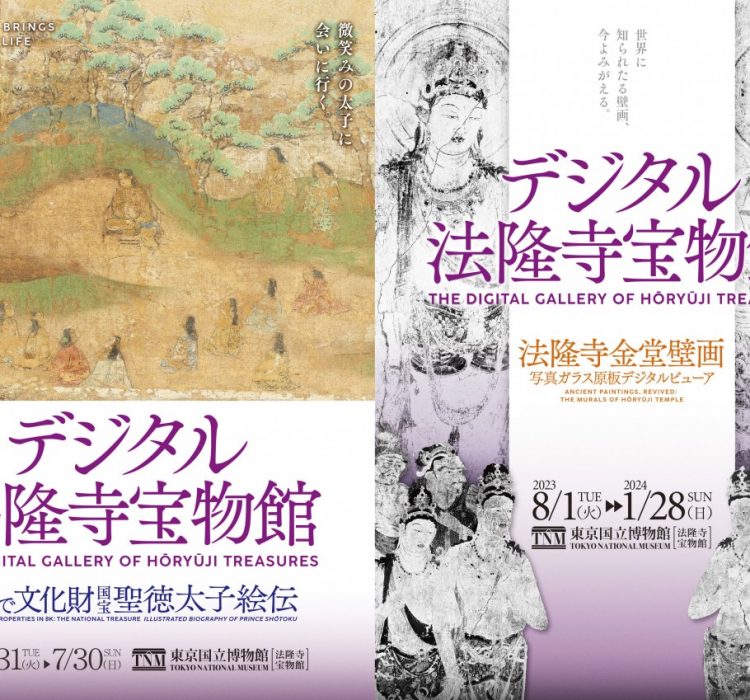
Jan.23
New ‘Digital Gallery’ to Open Jan. 31 at Tokyo National Museum’s Gallery of Horyuji Treasures
Jan.23
Buddhism Tokyo National Museum
As part of a larger effort to make Japan’s cultural properties more available for study and enjoyment, the Tokyo National Museum is preparing to unveil a new interactive, technology-based exhibit that will become part of the regular exhibition in the museum’s Gallery of Horyuji Treasures. Initially, from Jan. 31, the new Digital Gallery of Horyuji…
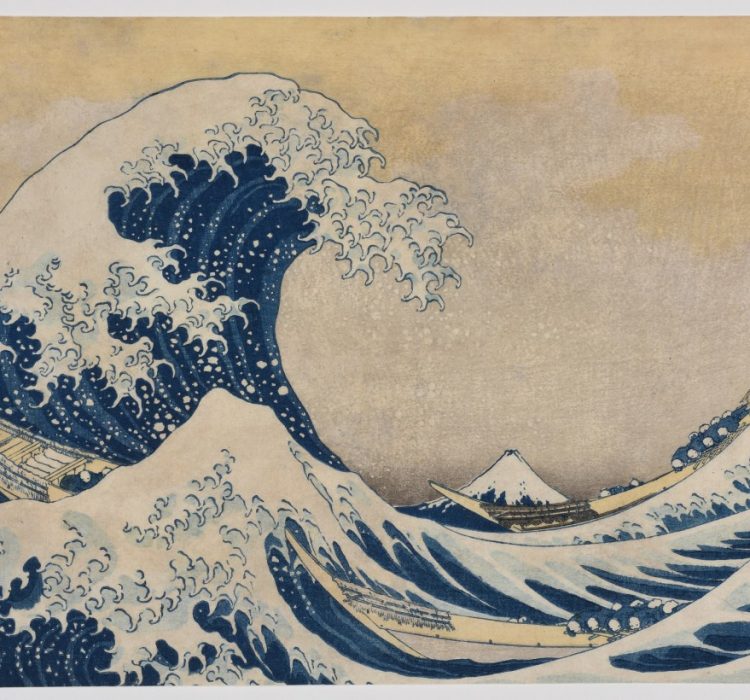
Jan.22
The Life of Hokusai on All About Japan
Jan.22
Hokusai Nagata Collection ukiyoe
No doubt you’ve seen this iconic image of a huge wave that seems about to crash on Mt. Fuji. You probably also know that it was created by Hokusai, one of the very few Japanese artists to have achieved and maintained worldwide name recognition. But what else do you know about Hokusai, who changed his…
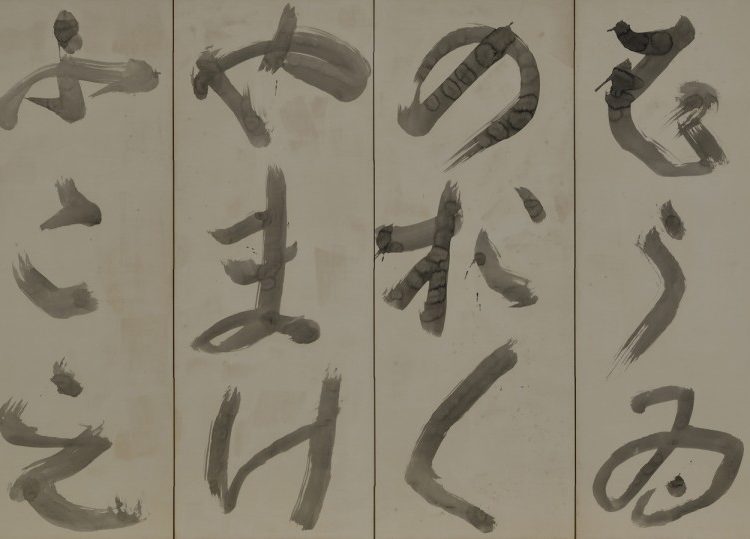
Dec.10
Dedicated Rosanjin Hall at the Adachi Museum of Art
Dec.10
Adachi Museum of Art calligraphy Shimane
The Adachi Museum of Art in Shimane Prefecture has greatly expanded its holdings of ceramics and other other works by the great 20th-century epicure Kitaoji Rosanjin (1883–1959). In a dedicated building that opened in April 2020 the museum shares Rosanjin’s dishes and lacquerware, of course, but also his calligraphy, carved seals and even metalwork lanterns….
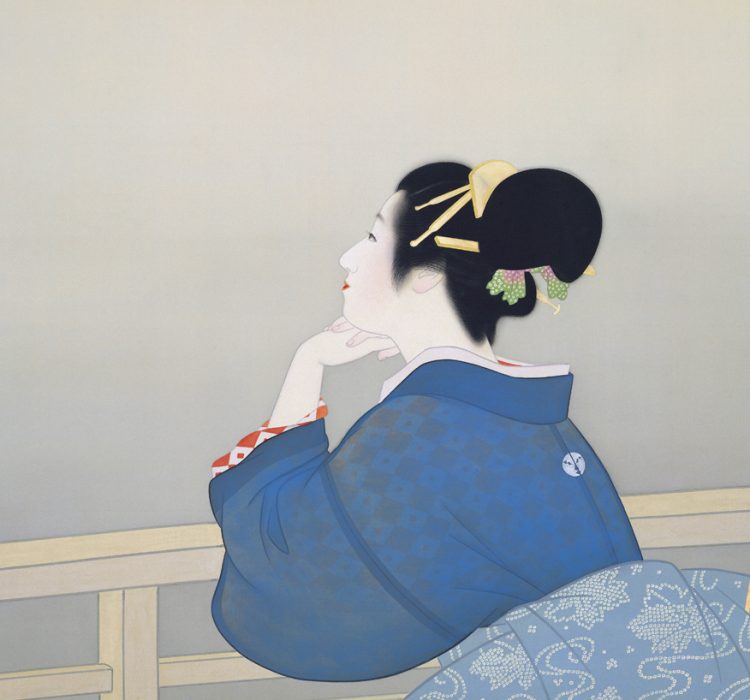
Oct.29
Modern Japanese Painting: Nihonga Explained
Oct.29
Adachi Museum of Art Nihonga
Nihonga draws on the traditions of over a thousand years, yet is a distinct genre of modern Japanese painting that developed from around the turn of the twentieth century. Today, it has evolved into an international art form, adopted by artists of many nationalities. Subject matter, too, is no longer limited to traditional Japanese themes….
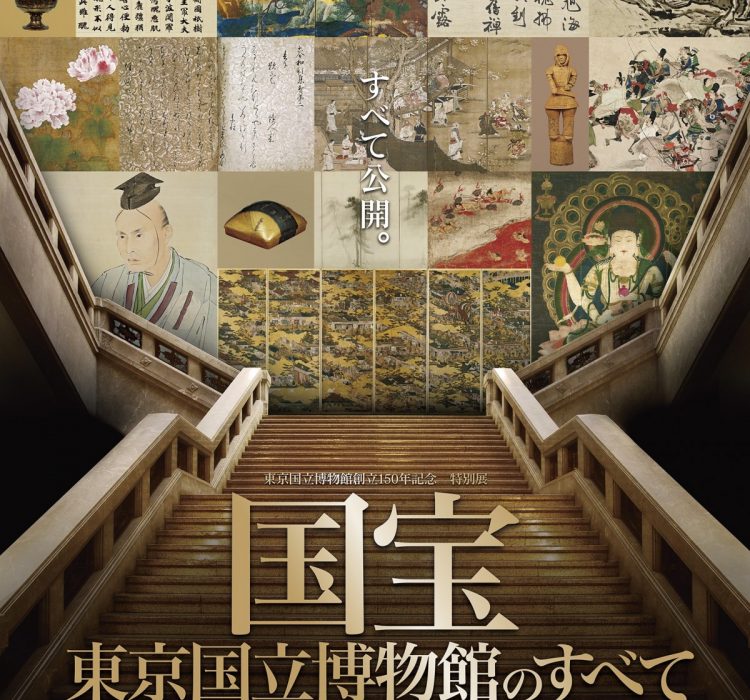
Oct.23
National Treasures: Japan’s Most Precious Artworks
Oct.23
exhibition Tokyo National Museum
The Tokyo National Museum is Japan’s largest and oldest modern-style museum. To commemorate its 150th anniversary, the museum is bringing forth all of its most important holdings – 89 astonishing “National Treasures” – in one unprecedented, blockbuster show, Oct. 18-Dec. 11, 2022. Advance reservations are required to see this treasure trove of Japanese culture. Arts…
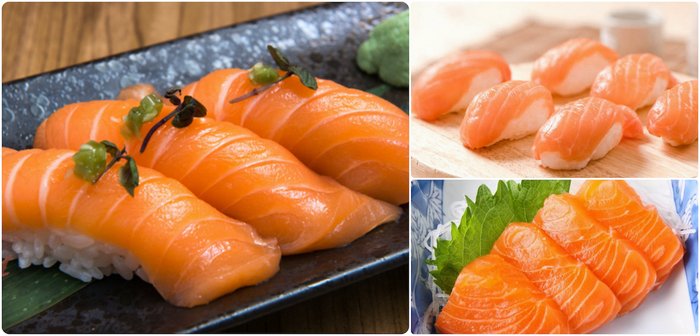
Oct.20
Elizabeth Andoh: A Taste of Culture – Salmon・鮭・saké・Sāmon・サーモン
Oct.20
The Japanese have been eating salmon (saké) for thousands of years, though historically it was consumed cooked, never raw. Eating fresh, raw salmon is a recent phenomenon, only a few decades old, in fact. The meteoric rise of raw salmon to the number one topping for sushi in Japan is due to a (highly successful)…
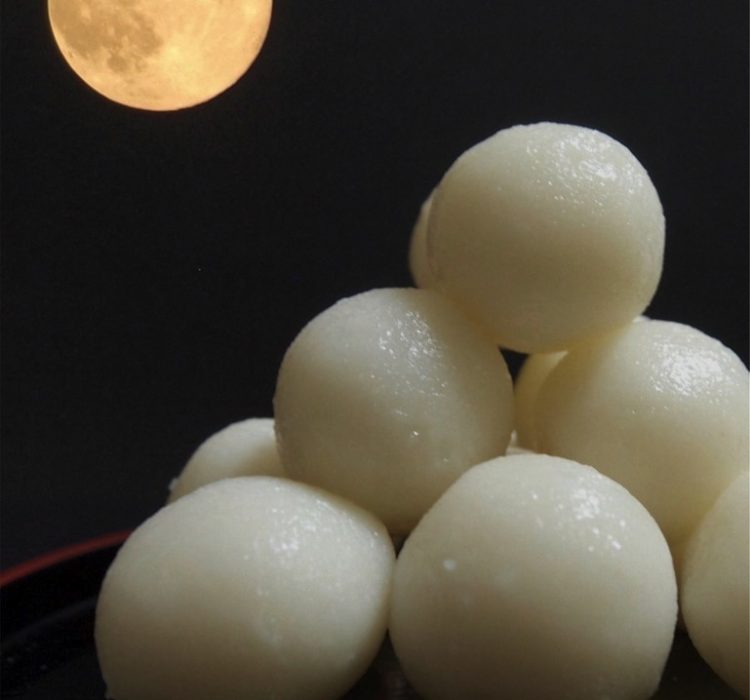
Sept.18
Elizabeth Andoh: A Taste of Culture – HARVEST MOON DUMPLINGS 中秋の名月 お団子
Sept.18
Though the moon waxes and wanes every month, chūshū no meigetsu, literally “moon of the middle autumnal month,” is considered special. Perhaps because it coincides with harvesting — indeed in many cultures it is referred to as the Harvest Moon. This year (2022), the Harvest Moon falls on September 10. Eating tsukimi dango (chewy rice dumplings) is among…





